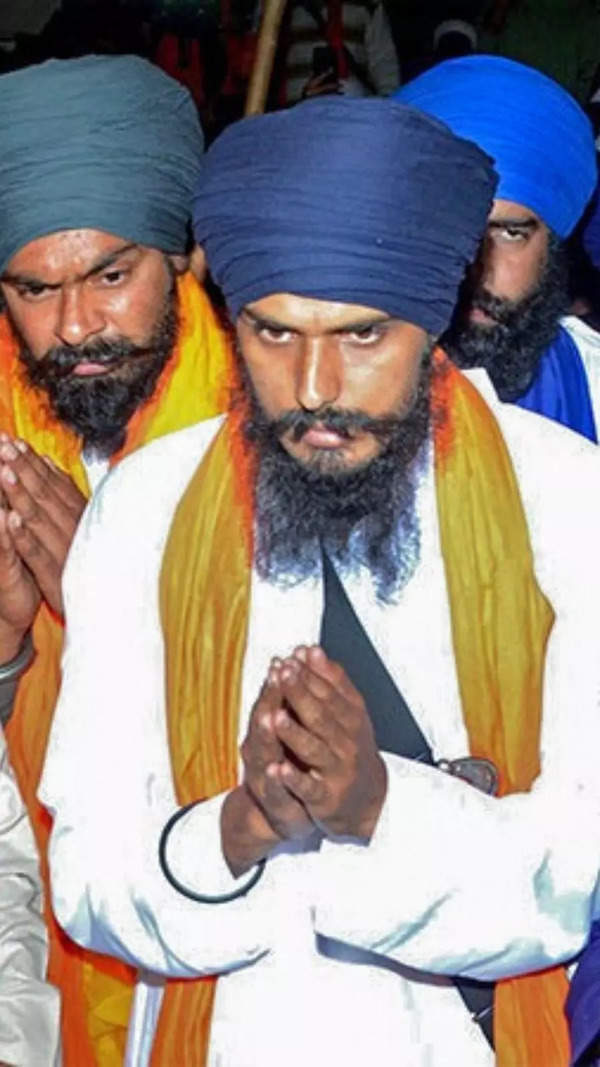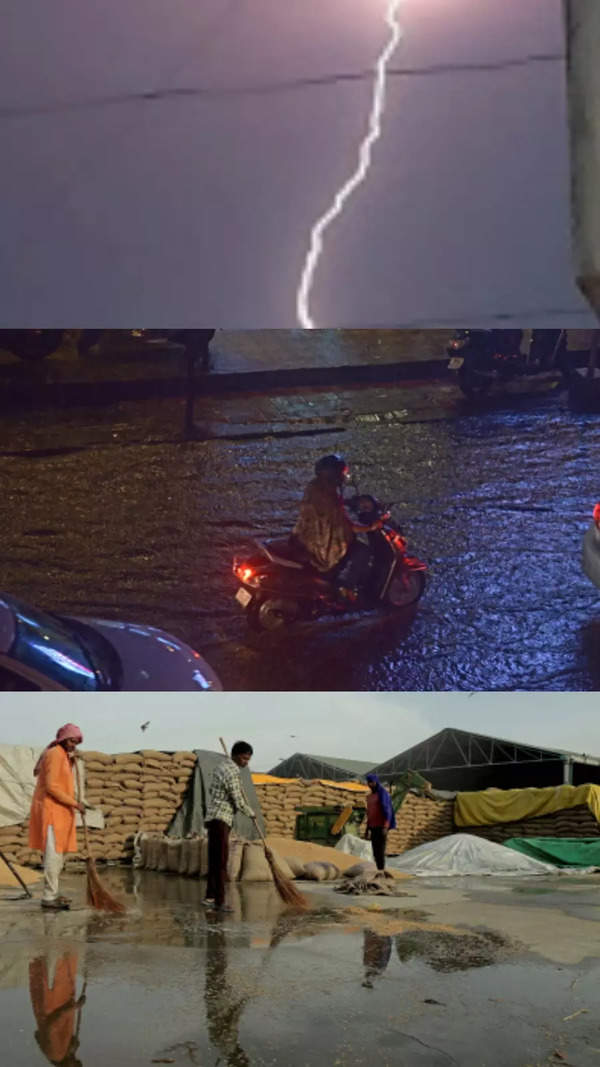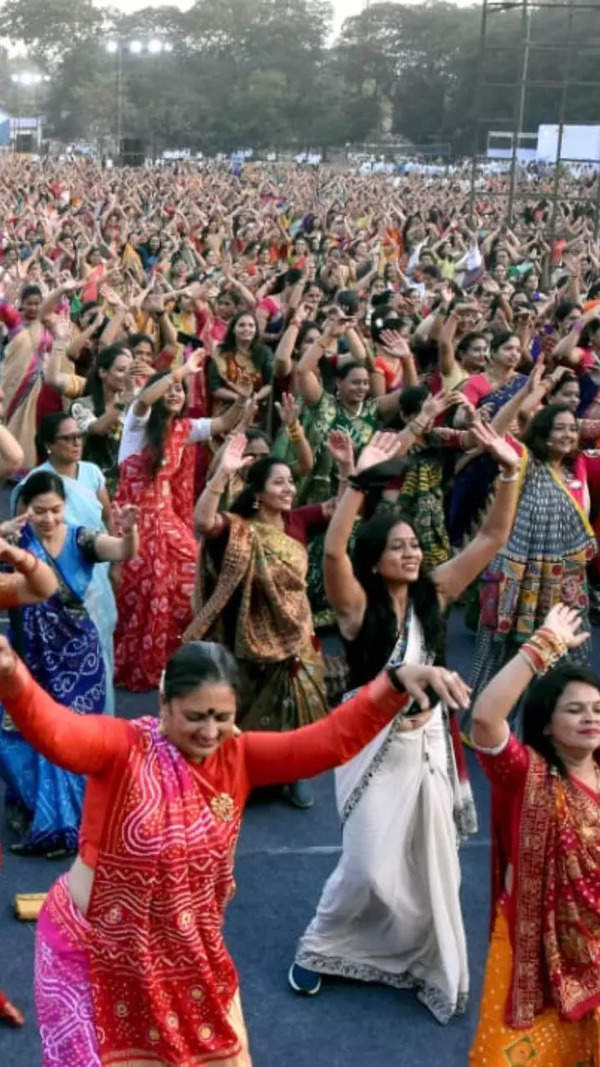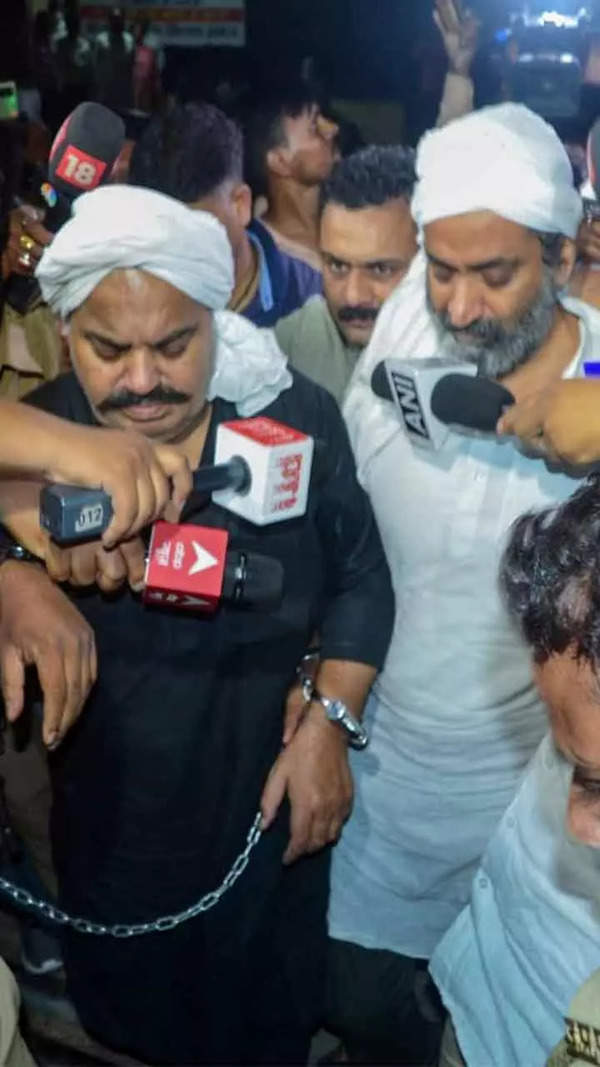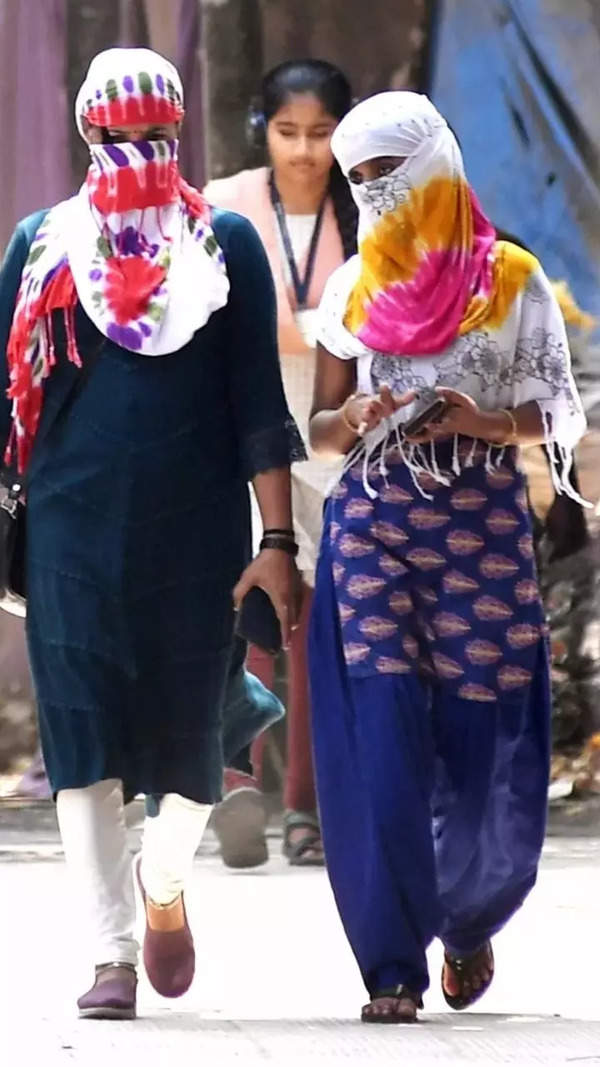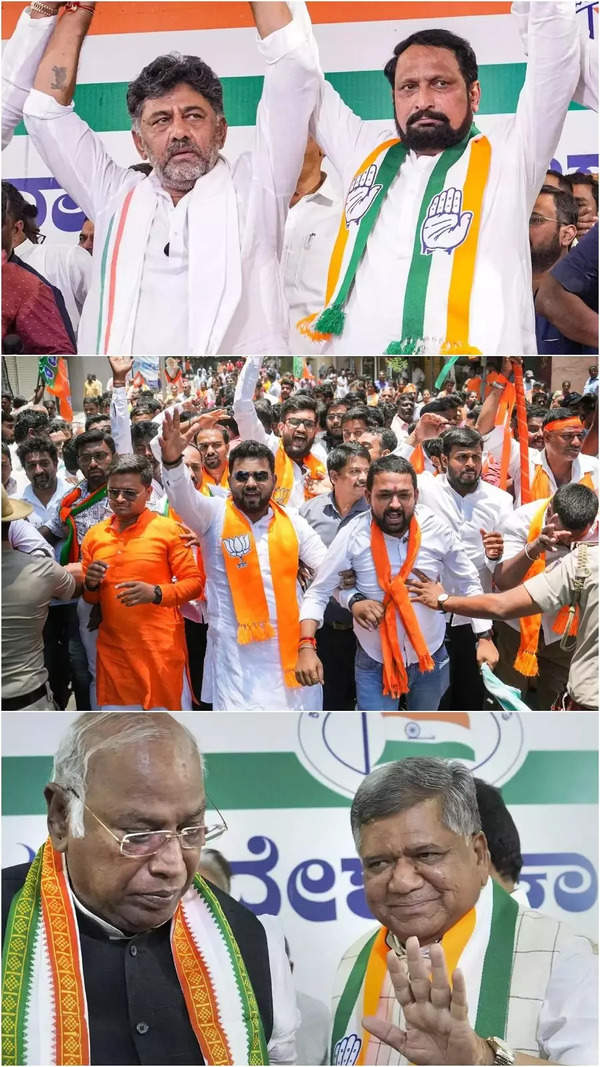Trending Topics
Environmentalists urge archaeology dept to protect Buddhist cave at Tamsuli
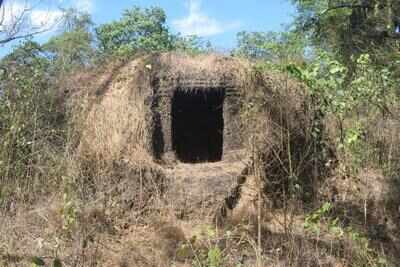
dfffffffff
Keri: Following the discovery of a Buddhist cave at Tamsuli in Ponda taluka’s Khandola village on Monday, president of the Vivekanand Environment Awareness Brigade, Chandrakant Shinde, sent a memorandum to the directorate of archaeology on Tuesday, urging measures to be taken to protect the cave.
“The cave can give the prevalent historic perspective in Goa new dimensions,” said Shinde.
Meanwhile, on hearing about the cave, Betki-Khandola panchayat’s sarpanch Vishant Naik and secretary Rupesh Halarnkar visited the site along with Biodiversity Management Committee member, Madhu Gaonkar, on Monday. Naik said he would take the necessary steps to maintain and safeguard the cave.
The cave that once housed Buddhist monks or bhikkhus, later came to be associated with the folk deity Vandevi due to the beliefs of the locals.
The cave is situated at a height of 11.9 feet, and since there are no steps leading to it, climbing can prove a challenge. It has a rectangular entrance, on either side of which are two carved pillars. Within is a cell of roughly three feet in height and two feet in length. No images or artefacts have been found, but inside is a well-decorated, bare pedestal of laterite.
The second cave of Lamgao had been identified by Gritli Mitterwallner as a Buddhist cave dating to 600 AD. This cave is situated on the right bank of the Mandovi, near Bicholim town.
Tamsuli is situated on the left bank of the Mandovi, and the rock-cut cave is situated at a distance of a few kilometres from a navigable creek at Zalmiwada, which connects to the Mandovi at Bhatikade. In the past, canoes would come here bearing goods. Tamsuli was connected to Zalmiwada by a bullock cart route that was used by traders, merchants, and monks.
“The cave can give the prevalent historic perspective in Goa new dimensions,” said Shinde.
Meanwhile, on hearing about the cave, Betki-Khandola panchayat’s sarpanch Vishant Naik and secretary Rupesh Halarnkar visited the site along with Biodiversity Management Committee member, Madhu Gaonkar, on Monday. Naik said he would take the necessary steps to maintain and safeguard the cave.
The cave that once housed Buddhist monks or bhikkhus, later came to be associated with the folk deity Vandevi due to the beliefs of the locals.
The cave is situated at a height of 11.9 feet, and since there are no steps leading to it, climbing can prove a challenge. It has a rectangular entrance, on either side of which are two carved pillars. Within is a cell of roughly three feet in height and two feet in length. No images or artefacts have been found, but inside is a well-decorated, bare pedestal of laterite.
The second cave of Lamgao had been identified by Gritli Mitterwallner as a Buddhist cave dating to 600 AD. This cave is situated on the right bank of the Mandovi, near Bicholim town.
Tamsuli is situated on the left bank of the Mandovi, and the rock-cut cave is situated at a distance of a few kilometres from a navigable creek at Zalmiwada, which connects to the Mandovi at Bhatikade. In the past, canoes would come here bearing goods. Tamsuli was connected to Zalmiwada by a bullock cart route that was used by traders, merchants, and monks.
Start a Conversation
FOLLOW US ON SOCIAL MEDIA
FacebookTwitterInstagramKOO APPYOUTUBE

